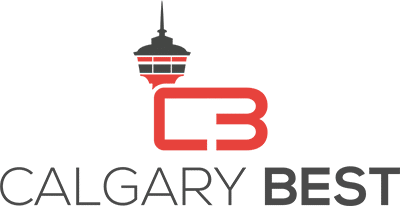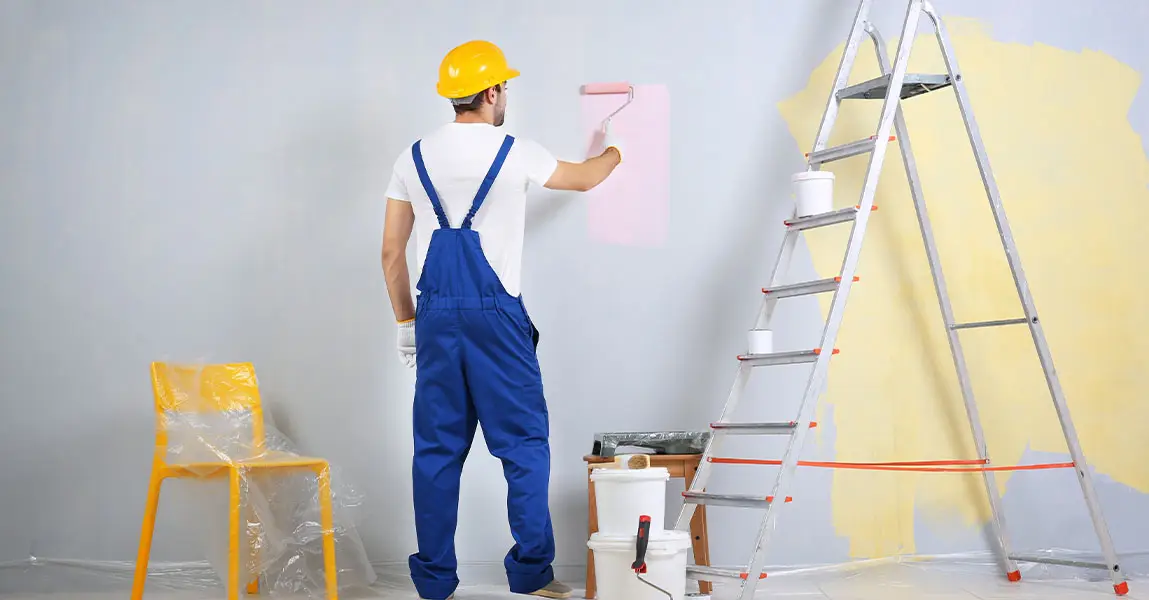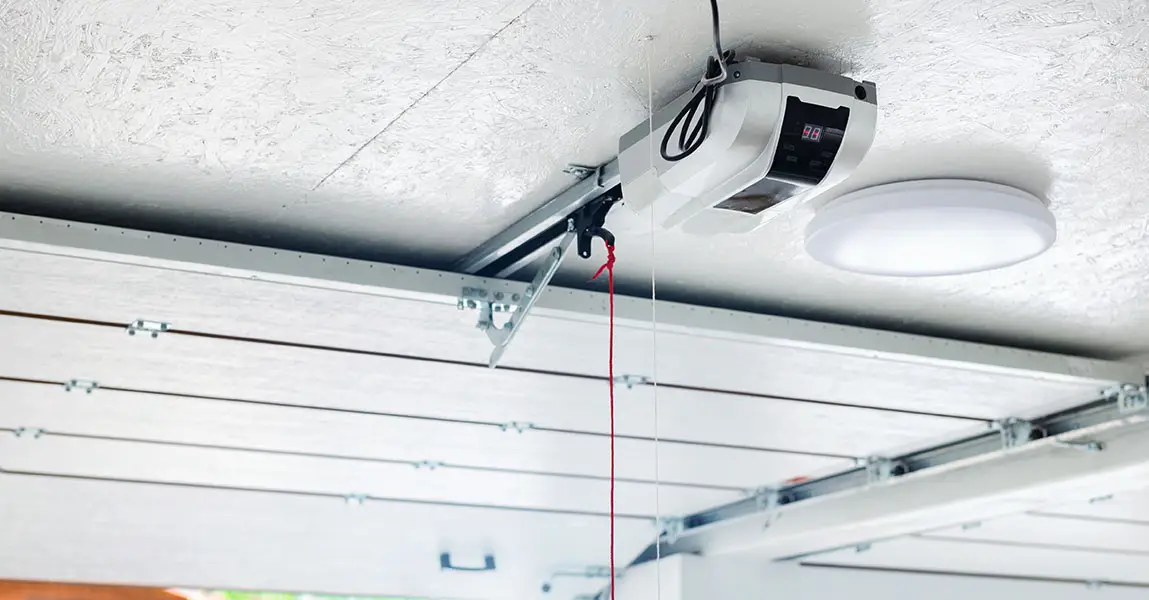Indoor air and surface quality directly affect how we live and work every day. We often ignore hidden problems until they begin to harm our health or comfort. At Envirotech, we focus on identifying and correcting these issues so that people can return to safe, clean spaces. Our work in abatement & remediation in Calgary addresses the many environmental hazards that can quietly build up inside homes, offices, and public buildings. Through careful testing, containment, and cleaning, we help restore the balance that every indoor environment needs to stay healthy.
Understanding What Makes an Indoor Environment Unhealthy
Indoor air can look clean but still hold many harmful particles. Dust, mold spores, asbestos fibers, and chemical vapors often collect in unseen places such as wall cavities, ceilings, and vents. Over time, these contaminants may cause respiratory irritation, headaches, or fatigue. Even minor leaks or humidity changes can create conditions for mold to grow.
We always begin by assessing the source of the problem. Rather than treating symptoms, we look at how moisture, ventilation, or past building materials contribute to poor air quality. This investigation helps ensure that the root causes are fixed, not just the visible signs. Because each building is different, our approach must match its structure, materials, and use. A home with a damp basement requires a different solution than a large commercial site with asbestos-containing insulation.
The Importance of Professional Assessment
A professional environmental assessment gives clear information about what is happening behind walls or under floors. Surface cleaning alone rarely addresses deeper issues. Certified inspectors use tools like air samplers, thermal cameras, and moisture meters to detect what cannot be seen.
We always recommend an inspection before any renovation or restoration project begins. This step prevents dangerous materials from spreading once walls are opened. For example, disturbing drywall that contains asbestos or removing flooring with hidden mold can release harmful particles into the air. By confirming what materials are present, we create a safe plan for containment and removal.
Proper documentation also protects homeowners and contractors. Reports confirm that the space was tested, treated, and cleared correctly. In future property sales or insurance claims, this documentation becomes valuable proof that environmental hazards were managed responsibly.
Safe Removal of Contaminants
Once testing identifies the hazards, abatement and remediation become the next step. The goal is always to remove contaminants without spreading them. Containment barriers, negative air machines, and specialized filters are used to isolate the area. Workers wear protective suits and follow strict disposal rules.
Every contaminant requires a different process. Asbestos fibers are handled with wet methods to reduce airborne dust, while mold growth needs both physical removal and air treatment. The process also involves replacing or sealing contaminated materials like drywall, insulation, or carpet. After removal, surfaces are cleaned using HEPA vacuuming and antimicrobial wipes to ensure no residue remains.
Our team always verifies air quality after cleanup. This confirmation step gives everyone peace of mind and proves the building is ready for normal use. It also prevents unnecessary costs by confirming that the work meets safety standards before reconstruction begins.
Moisture Control and Mold Prevention
Moisture is often the hidden cause of unhealthy indoor environments. Even small leaks or condensation can feed mold growth within days. Mold spreads quickly through walls and ventilation systems, so prevention is key.
We focus on eliminating the moisture source first. Leaky pipes, poor insulation, or blocked gutters often allow water to enter unnoticed. Once we correct the cause, we remove any wet or damaged materials and dry the area thoroughly using industrial dehumidifiers and air movers. These steps ensure mold cannot return.
Maintaining a dry and balanced indoor environment helps control odors, protects structural materials, and keeps indoor air safe. Property owners can reduce future risks by improving ventilation, monitoring humidity levels, and inspecting plumbing regularly. Simple habits, such as leaving bathroom fans running after showers or cleaning HVAC filters, go a long way toward prevention.
The Role of Air Quality Testing
Even after visible cleanup, the air may still contain microscopic particles. Air quality testing confirms that the environment meets safe standards. We test for asbestos fibers, mold spores, volatile organic compounds, and fine dust particles that can affect breathing.
This data provides a clear picture of the indoor environment’s health. It also identifies if additional filtration or ventilation upgrades are needed. For buildings used by children, elderly people, or those with allergies, testing can guide adjustments that make a big difference in comfort and wellbeing.
Testing also plays a role in ongoing maintenance. Periodic air sampling helps ensure that previously treated areas remain safe. For property managers and business owners, these reports help maintain compliance with health and safety regulations.
Restoring Surfaces and Structures
Restoration is about returning the building to its original or improved state after abatement or cleaning. Once contaminated materials are removed, new components must be installed carefully to prevent future problems. This includes new drywall, flooring, or insulation that meets modern safety standards.
Attention to detail matters in every step. Repainting walls with low-VOC paints, sealing foundation cracks, or upgrading HVAC systems can all improve long-term air quality. Every project ends with a complete inspection to confirm all systems are working properly.
We believe that true restoration is more than appearance. It means rebuilding environments that support healthy living and working conditions for the people who use them every day.
The Human Side of Environmental Work
Environmental restoration often begins with concern or stress. Property owners may feel anxious about the health risks or disruption caused by cleanup work. Our role is to bring calm through clear communication and safe, organized procedures.
We guide clients through every step, explaining what will happen and why. This transparency builds trust and helps everyone feel more comfortable during the process. Each situation teaches us something new about how people interact with their environments. From family homes to public buildings, our goal is always the same: to make indoor spaces healthy and secure again.
The Connection Between Indoor Health and Daily Life
Poor indoor air quality affects more than just the building’s structure. It influences how people sleep, concentrate, and even recover from illness. Dust and chemical residue can trigger allergies or fatigue, while humidity problems may cause persistent odor and discomfort.
Recognizing these links helps motivate proper maintenance. It is not only about fixing visible damage but also about supporting long-term wellness. Balanced ventilation, routine inspections, and responsible renovations all contribute to healthier living. By keeping environments free from contaminants, we help create spaces that promote productivity and peace of mind.
Supporting a Sustainable Approach
Healthy indoor environments also support sustainability. Safe removal and disposal of contaminated materials reduce environmental impact. Whenever possible, we encourage reuse or recycling of building components that meet safety standards.
Energy-efficient equipment used during restoration also helps lower emissions. By combining environmental responsibility with safety, we help protect both people and the planet. Sustainability is not a separate goal but part of how we approach every project from start to finish.
For anyone planning renovations or needing professional help, the first step is finding reliable guidance. You can learn more about abatement & remediation in Calgary and the full process of restoring a healthy indoor space by visiting the main website. If you need personal advice or would like to discuss a project, please contact us for professional support.
FAQs
1. How can I tell if my home has poor indoor air quality?
Common signs include frequent headaches, coughing, or a musty smell. Condensation on windows or visible mold also suggests an air quality issue that needs inspection.
2. Is it safe to stay in my home during abatement or remediation?
It depends on the type and size of the project. For asbestos or mold work, professionals usually seal off areas or recommend temporary relocation until clearance testing confirms safety.
3. How often should air quality be tested in older buildings?
Testing every few years is wise, especially after renovations or water damage. Regular inspections ensure that hidden materials or moisture problems do not return.
4. What is the difference between abatement and remediation?
Abatement focuses on removing hazardous materials like asbestos, while remediation addresses contamination sources such as mold or moisture. Both aim to make environments safe and healthy again.
5. Can indoor air problems come back after treatment?
Yes, if the root cause is not fixed. Preventing leaks, maintaining HVAC systems, and monitoring humidity levels help ensure long-term protection from recurring contamination.











